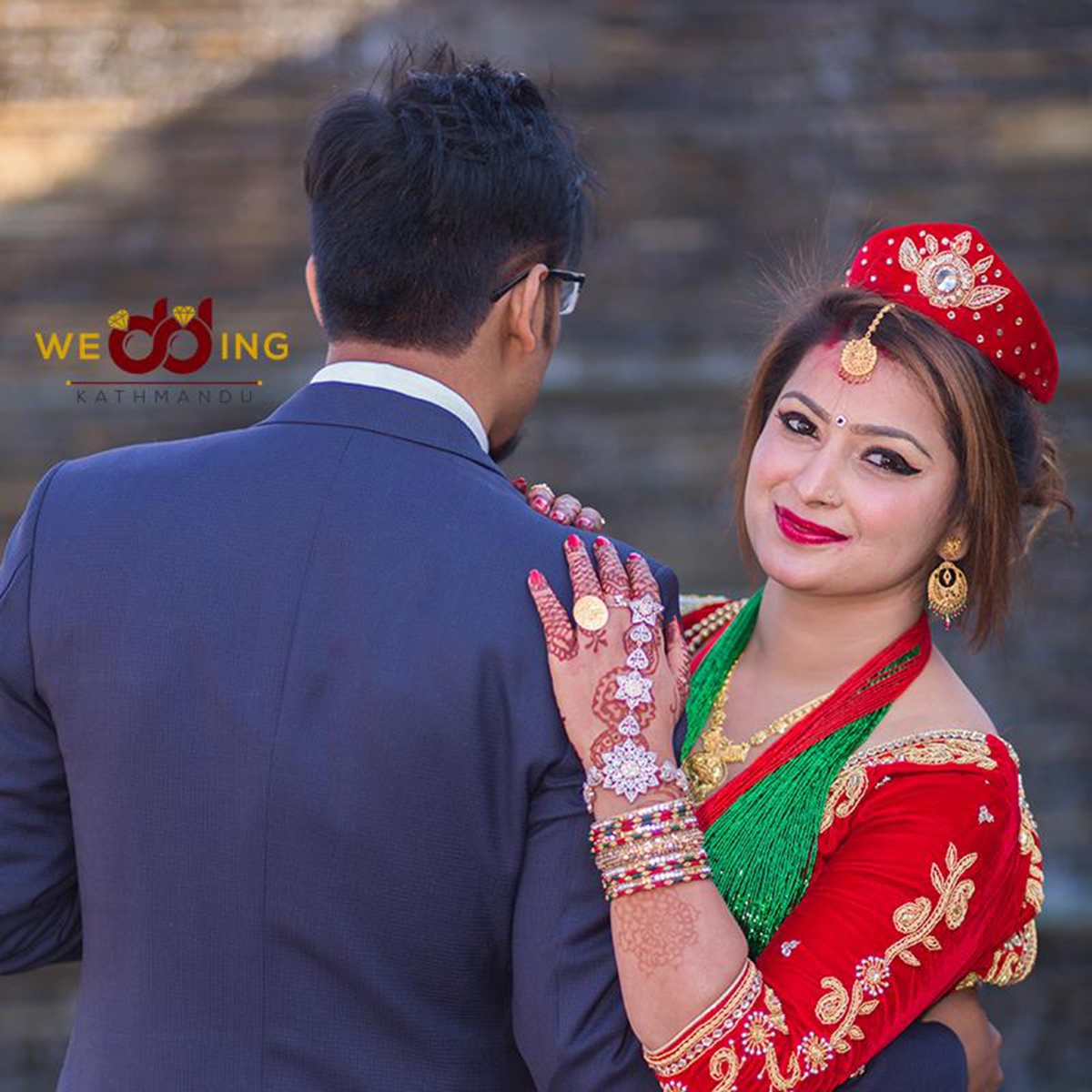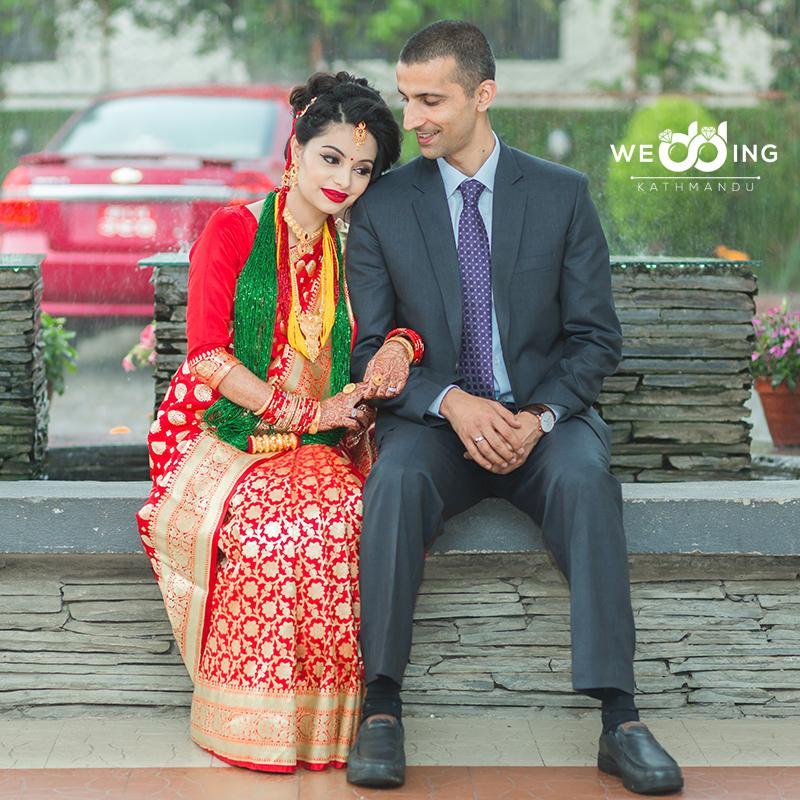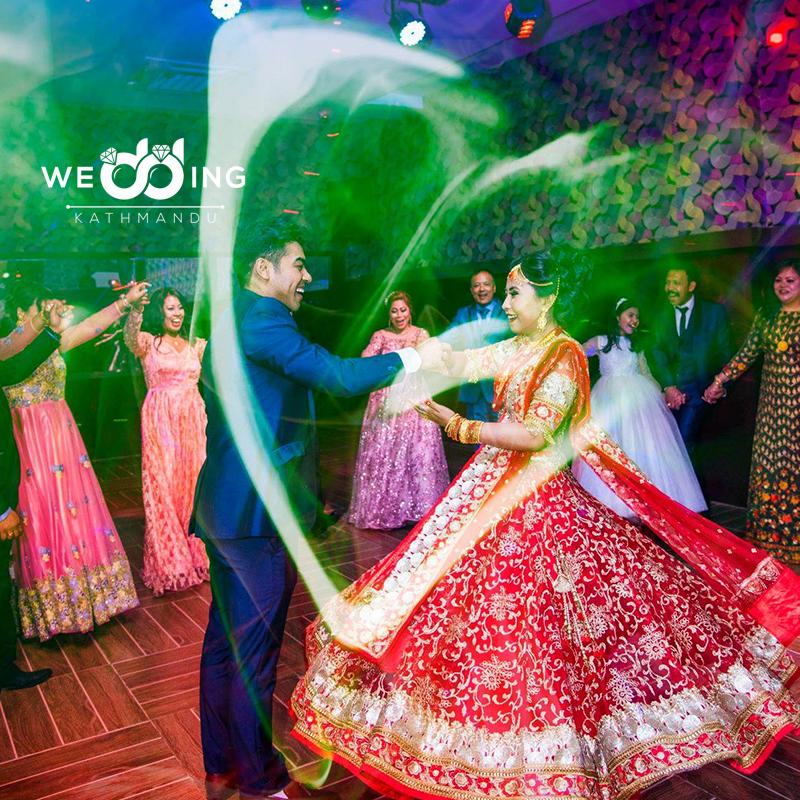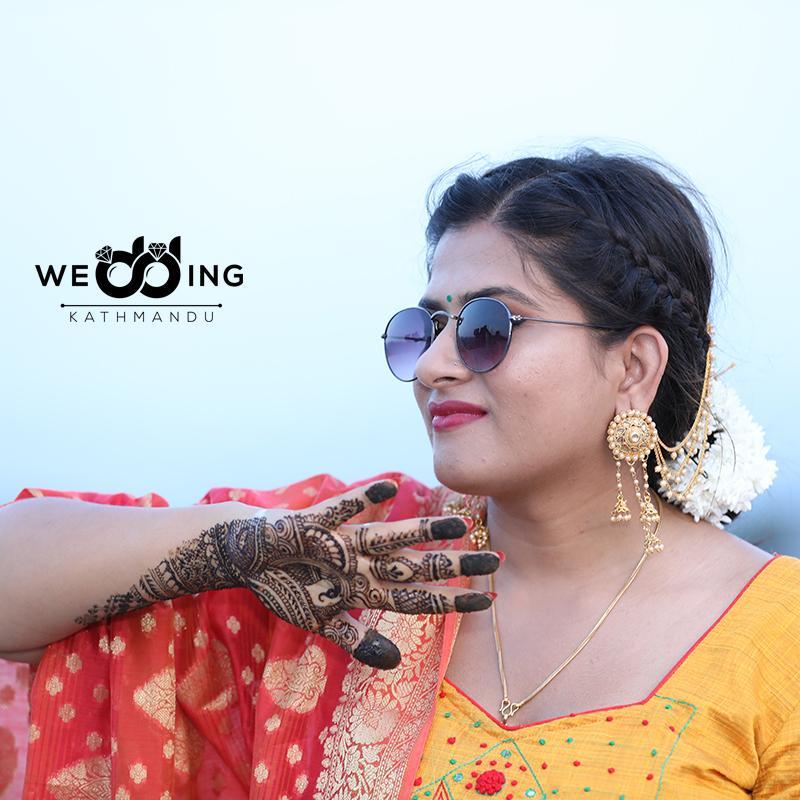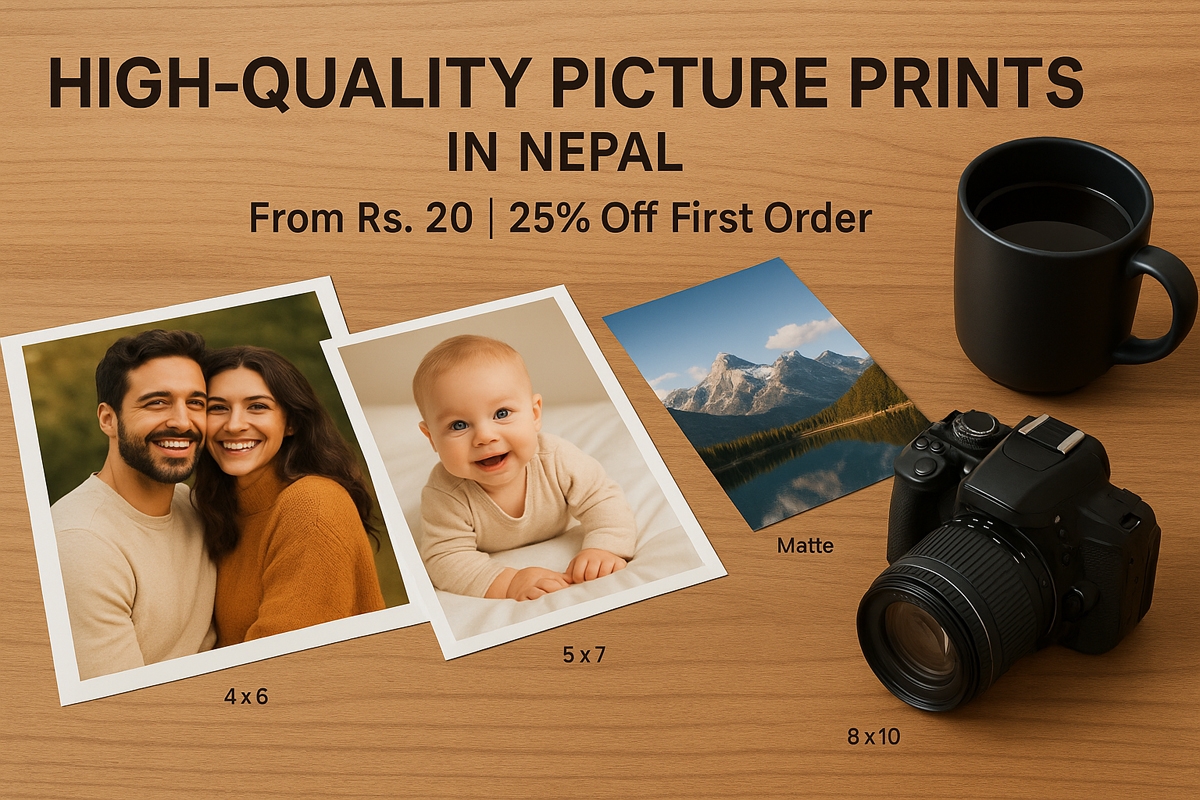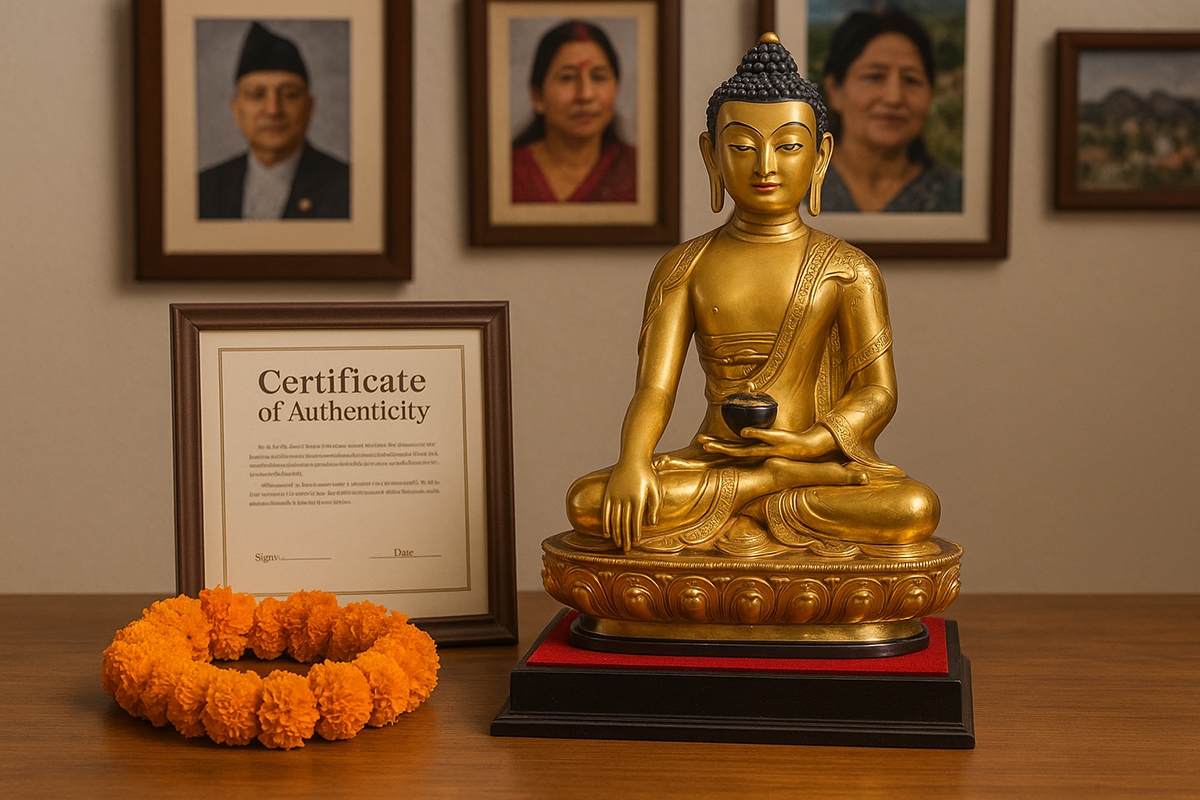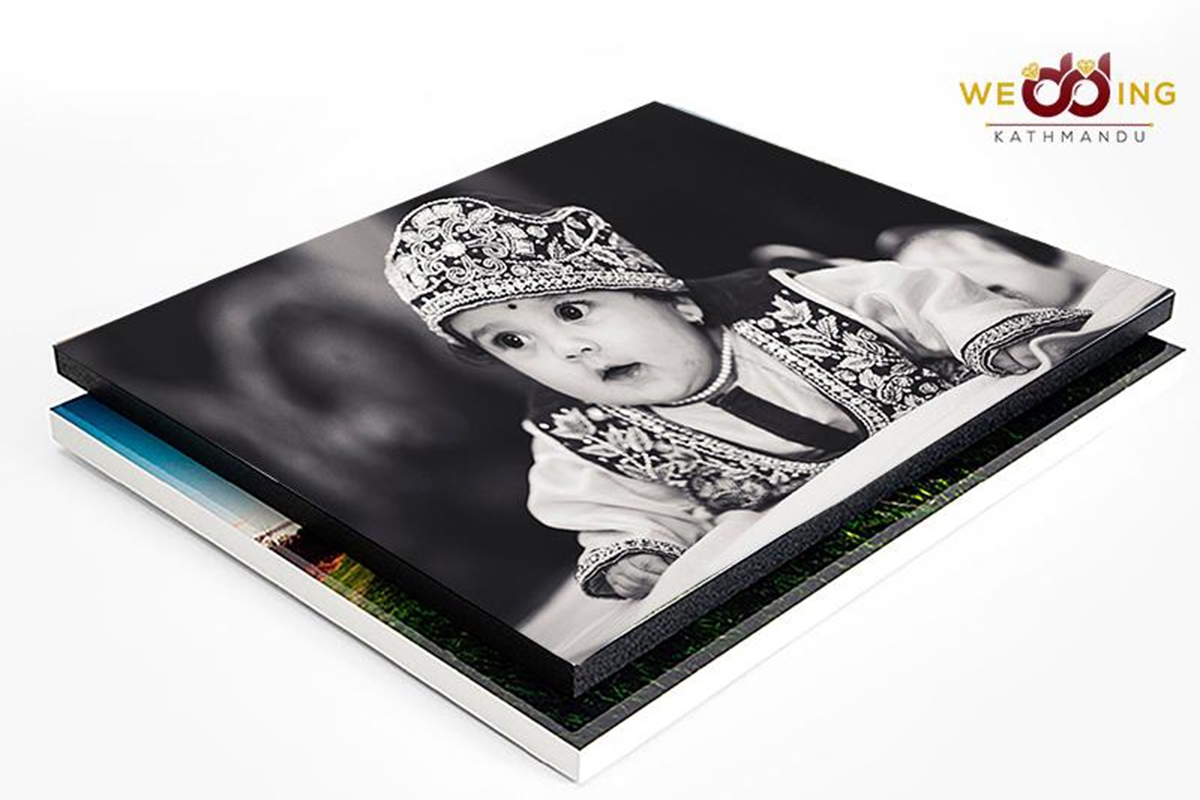What is Photography?
Photography, derived from the Greek words "photos" (meaning light) and "graphé" (meaning drawing or writing), literally means "drawing with light." It is the art and science of capturing images by recording light, either electronically using a digital sensor or chemically on light-sensitive film. At its core, photography involves a camera, which uses a lens to focus light from the subject onto a medium that records the image. The result is a photograph, which can be developed and displayed in various forms.

Early History and Development
The journey of photography began long before the first photograph was taken. As early as the 17th century, scientists were experimenting with the effects of light on various substances. Dutch scientist Wilhelm Homberg’s experiments in 1694 showed how certain chemicals, like silver nitrate, changed when exposed to light. This discovery laid the groundwork for future photographic processes.
The first permanent photograph, taken by French inventor Joseph Nicéphore Niépce in 1826 or 1827, is known as "View from the Window at Le Gras." Niépce used a process called heliography, which involved coating a pewter plate with bitumen of Judea (a type of asphalt) that hardened when exposed to light. The unhardened parts were then washed away, leaving a permanent image. This process required an exposure time of several hours, which is why early photographs often lack detail and contrast.
In the following years, Niépce partnered with Louis Daguerre, who developed the daguerreotype process in 1839. This method reduced exposure times significantly and produced clearer images on silver-coated copper plates. The daguerreotype quickly became popular, marking the first commercially successful photographic process.
Evolution of Photography
Transition from Film to Digital
As photography advanced, various processes and technologies emerged, each improving on the limitations of its predecessors. Film photography dominated for much of the 19th and 20th centuries, using light-sensitive chemical-coated films to capture images. Photographers had to carefully manage their limited rolls of film, often conserving shots for the most important moments.
The shift from film to digital photography, starting in the late 20th century, revolutionized the field. Digital cameras use electronic sensors to capture images, which can be instantly reviewed, deleted, or edited, making photography more accessible and flexible. The transition also reduced costs, as there was no need for film rolls or chemical development processes. Digital photography allows for endless experimentation, with virtually no cost per shot, encouraging more people to take up photography as a hobby or profession.

Smartphone Photography
The integration of cameras into smartphones has been another significant development. Today, most people carry a powerful camera in their pocket, allowing them to capture and share moments instantly. This democratization of photography has led to an explosion of images shared daily on social media platforms like Instagram, Facebook, and Snapchat. This shift has also changed the way we document our lives, making photography a more integral part of everyday communication.
Photography as an Art Form
Photography is not just about capturing clear and detailed images; it’s a medium for storytelling, expression, and communication. A photograph can evoke emotions, convey complex ideas, and connect people across cultures and time. While technical skill is important, a great photograph often resonates because of its subject matter, composition, lighting, and the story it tells.
Photography captures the essence of moments that words might fail to describe. It’s an art of seeing—capturing not just what is in front of the lens but also the emotions, context, and narrative behind it. For example, photojournalists use photography to document significant events, bringing the truth of those events to the public eye. This ability to tell powerful stories visually makes photography a vital tool in media, art, and everyday communication.
Impact of Photography in Modern Times
In modern society, photography plays a multifaceted role. It is used in fields as diverse as journalism, fashion, advertising, science, education, and personal expression. The accessibility of photography has empowered individuals to share their perspectives, document their lives, and connect with others. Social media has amplified this impact, making photography a central part of how we communicate and experience the world.
The ease of sharing photos on platforms like Instagram and Twitter has created a global community of photographers, from professionals to amateurs. This has not only broadened the scope of photography but also challenged traditional notions of who can be a photographer. With advancements in technology, even photos taken on mobile phones can be of high quality, allowing more people to participate in the art form.
World Photography Day
Every year on August 19th, World Photography Day is celebrated globally. This day is dedicated to the appreciation of the history and art of photography. It serves as a reminder of the impact photography has had on society and the way we perceive the world. On this day, photographers showcase their work, share their stories, and reflect on the power of images. It’s also a day to encourage and inspire new photographers to explore and develop their skills.
Photography has evolved from a complex, time-consuming process requiring specialized equipment to an everyday activity accessible to almost everyone. It’s a powerful medium that allows us to capture and preserve moments, express ourselves creatively, and communicate across barriers. Whether through professional cameras or smartphones, photography continues to be an essential tool for documenting and sharing our world. As technology advances, photography will likely keep evolving, offering new ways to capture and connect with our experiences, making it a timeless and ever-relevant art form.



